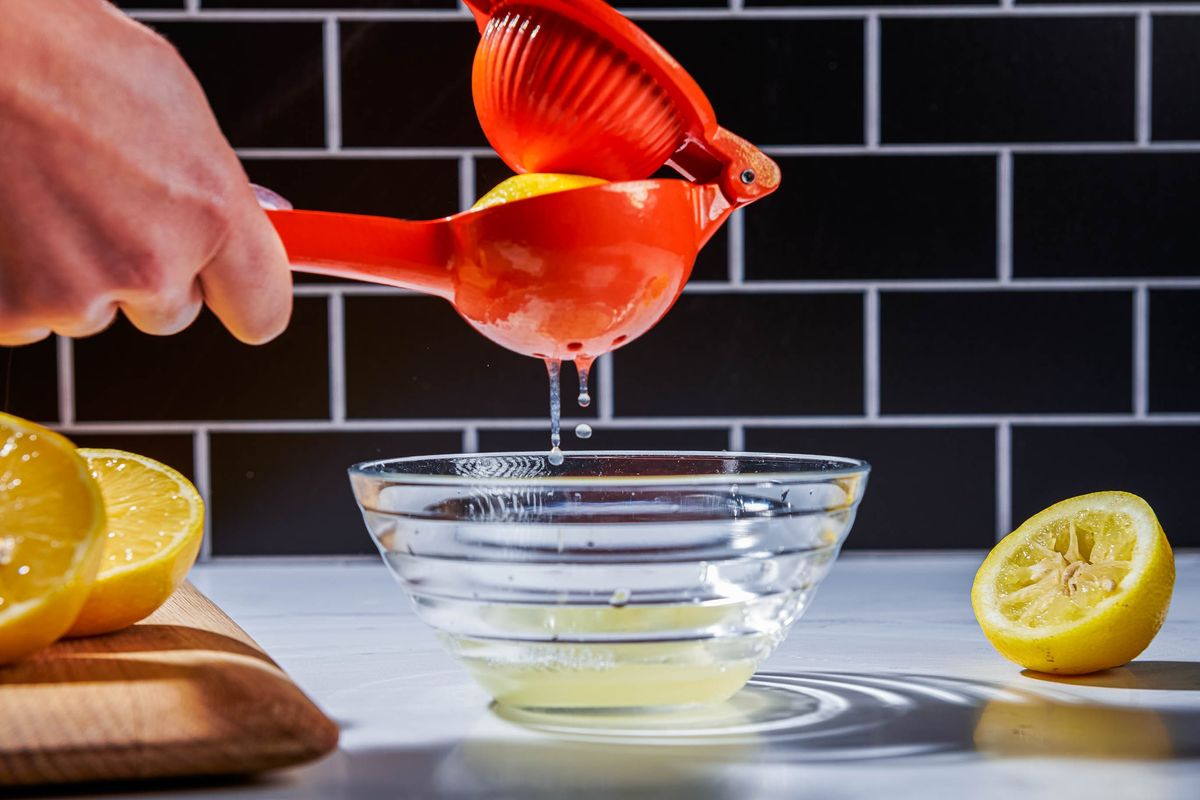Pre-shredded cheese, ground pepper and more kitchen shortcuts to avoid

If there’s a kitchen task to be done, you can bet a store-bought shortcut exists. In many cases, that’s fine! I’m not always going to make my own puff pastry or tortillas, and I’m a firm believer in prepped and chopped frozen vegetables, among other things.
I am a realist, too. I don’t think it’s all that productive to stand on a pedestal and insist that everything be made at home because it’s better – often, your time or convenience or sanity are worth whatever trade-off you make in quality or price.
So let’s focus on a few small things, where a relatively low lift can make a noticeable difference in how your food turns out – not to mention save you some money. Here are my top picks for store-bought conveniences to avoid.
Grated cheese. Bagged shredded cheese typically includes additives that prevent clumping. Unfortunately, they can also prevent melting. If you want the best ooey, gooey texture for grilled cheese or mac and cheese, grate your own, using a box grater or your food processor. If you still want the convenience of shredded cheese, you can grate in advance and refrigerate for a couple of days.
Ground pepper. Store-bought ground pepper, especially black, is a pale imitation of what you can grind yourself since flavors and aromas start to weaken as soon as spices are broken down. Buy a container of whole peppercorns, pour them into your own pepper grinder (doesn’t have to be fancy!) and grind as needed. Some whole peppercorns are sold in containers in which you can grind as well.
Tea. I’m an avid tea drinker, so I feel pretty strongly about this one. If you want the best-tasting tea, brew loose leaves. Bagged tea is easy to over-steep to the point of bitterness, and lower-quality, more broken-down tea used in bags can lead to an astringent, less flavorful brew. You don’t need anything elaborate, either. A mesh strainer you can set over your favorite mug and then remove after steeping is easy and cheap. Still like the convenience of a bag? Try biodegradable filters or sachets you fill yourself.
Toasted nuts. You can buy roasted nuts, but I prefer to save them for snacking. Buying raw nuts that you toast yourself lets you better control the color and flavor. Some people prefer nuts really dark, others minimally toasted. Either way, toasting nuts takes a few minutes in a skillet over low heat or just a few more minutes in the oven at a moderate temperature (350 degrees) for an even more hands-off approach. Plus, a bag of raw nuts gives you greater flexibility and bang for your buck, because you can use them for more recipes and toast only as much as you need when required for specific dishes.
Citrus juice. When a recipe calls for fresh citrus juice, consider sticking with it. Freshly squeezed juice from lemons, limes, oranges and grapefruit is more complex and aromatic than the bottled stuff, which can come across as too one-note, whether that’s sharply acidic or overly sweet. With fresh, you’ll take advantage of the more delicate floral undertones that are often absent in store-bought juices. This is especially important in dishes where the juice is kept raw; you can better get away with bottled juice in baked items. Similarly, jarred minced garlic lacks the depth and dimension of freshly minced cloves, thanks to the propensity of volatile flavors to dissipate as soon as the garlic is cut, Cook’s Country says.